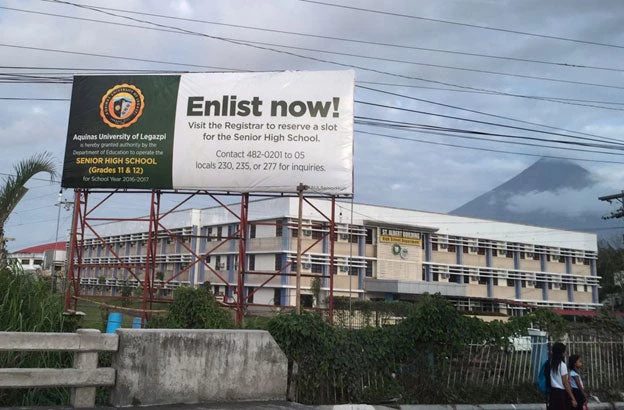
The Philippines has embarked on this ambitious reform to align its education system with most other systems around the world and to raise national competitiveness. The government sees a K-12 system as vital for ensuring that all Filipinos are equipped with the basic skills required to play a full and productive role in society. It is also being driven by concerns that overseas workers will lose out to migrant workers from other countries because of their shorter basic education cycle. This is especially relevant given that about 18 percent of the average Filipino family’s income originates from overseas remittances.
However, despite widespread support for the reforms, critics argue that the benefits, particularly for poor families, are not comparable to the costs associated with keeping their children in school for an extra two years. An article last October in the International New York Times raised concerns about the overall direction of the K-12 reform and particularly highlighted that many families saw ‘two more years of schooling as a costly burden, not a benefit’.
What do we know about the impact of reforms of this kind?
Similar reforms aimed at extending access to schooling have frequently resulted in significant gains for all. In the Philippines itself, reforms in the early 1980s that increased access, by eliminating tuition fees in high school and building new schools, were associated with significant returns. Research has found that returns resulting from increases in educational attainment are around 15 percent a year compared to an average annual return of only eight percent a year.
Studies from other countries also point to significant gains from reforms of this kind. In the United Kingdom, a change in the minimum school leaving age that required children to stay in school for an extra year resulted in large returns, a finding that echoed earlier findings from Canada and the United States. Similar returns were experienced by beneficiaries of the extension of compulsory schooling in Venezuela in the 1980s.
Back of the envelope calculations of the returns from an additional two years of secondary schooling in the Philippines also point to significant gains from access to senior high school. Estimates from the 2013 labor force survey show that workers with incomplete tertiary education enjoyed an additional annual return of about 17 percent compared to over and above junior secondary school completers.
Assuming similar returns for senior high school suggests big benefits for the new program even after accounting for the foregone earnings of the extra time spent in school. While all investments have a degree of risk attached to them (e.g. warning: stocks can go up, as well as down) these kinds of returns compare favorably with other investment opportunities. But even these high returns may be out of reach for some poor families without the support of programs like the conditional cash transfer program of the Department of Social Welfare and Development, which provides families with a monthly stipend to attend school.
Only time and effort to monitor the program will tell if the potential benefits of the reform will materialize. The Department of Education is already planning to once again participate in international assessments. These assessments will provide part of the answer to whether reforms have improved competitiveness. But this is only the tip of the iceberg.
Much more detailed evaluation work could be done to provide a detailed picture of the strengths and weaknesses of implementation. For example, longitudinal studies tracing a cohort of students and their schools would provide important insights into how the program is running. Work of this kind could improve the chances of realizing the enormous benefits that a reform of this kind could have for future generations.
Find out more about the World Bank Group’s work on education on Twitter and Flipboard .



Join the Conversation